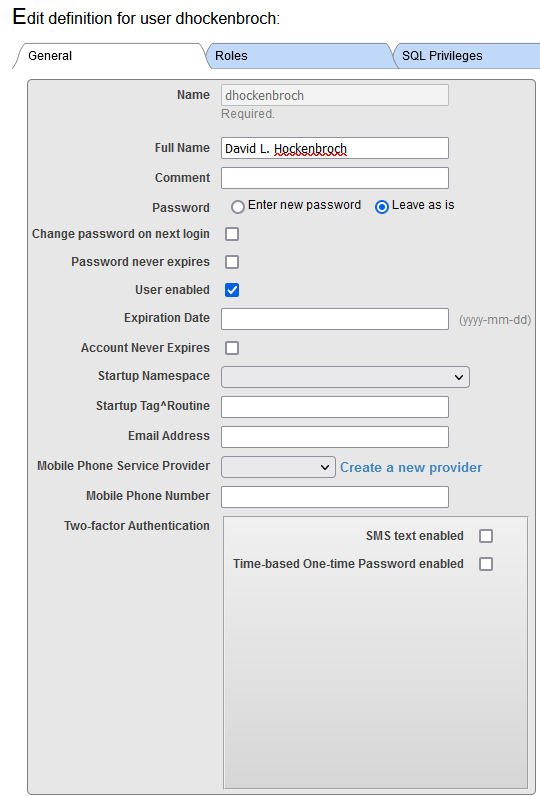My original ZAUTHENTICATE.mac to use Delegated sign on did not include GetCredentials(), however I am being told it probably should have it so I am eliminate an error I am seeing when trying to troubleshoot the ZAUTHENTICATION. I am trying to add the GetCredentials() from the documentation to the existing ZAUTHENTICATE.mac but I am getting an error





.png)